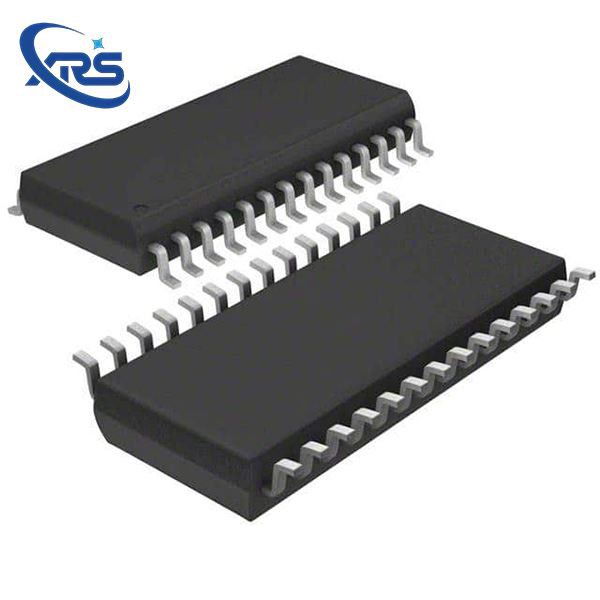Can an analog Audio IC be used in a digital audio system?
Leave a message
Can an analog Audio IC be used in a digital audio system? That's a question I get asked a lot as an Audio IC supplier. And let me tell you, it's not a straightforward yes or no answer. There are a bunch of factors to consider, and I'm gonna break it all down for you in this blog.
First off, let's talk about what analog and digital audio are. Analog audio is the old - school way of representing sound. It's a continuous electrical signal that mimics the actual sound wave. On the other hand, digital audio is a series of discrete numbers that represent the sound wave at specific points in time. Each method has its own perks and drawbacks.
Analog audio is known for its warm, natural sound. It's what you hear on vinyl records, and a lot of audiophiles swear by it. It can capture the nuances of sound in a very organic way. Digital audio, however, is more reliable and less prone to interference. It can be easily stored, edited, and transmitted without much loss of quality.
Now, can an analog Audio IC find its place in a digital audio system? Well, the short answer is yes, but it depends on the specific application.
In some cases, you might want to use an analog Audio IC for pre - processing the audio signal before it gets digitized. For example, an IC Line Driver can be used to boost the analog audio signal to an appropriate level. This helps in reducing noise and improving the overall signal - to - noise ratio. If the input audio is too weak, digitizing it directly can lead to a lot of background noise. By using an analog line driver, we can make sure that the signal is strong enough and clean before it goes into the analog - to - digital converter (ADC).
Another scenario where an analog Audio IC can be useful is in the output stage of a digital audio system. After the digital signal has been processed and converted back to an analog signal using a digital - to - analog converter (DAC), an analog amplifier or buffer can be used to drive the speakers. This can improve the sound quality by providing a more powerful and clean output signal. The LM358DR is a popular choice for such applications. It's a low - power, dual operational amplifier that can be used for audio amplification and buffering.
However, there are also some challenges when using analog Audio ICs in a digital audio system. One of the main issues is compatibility. Digital audio systems operate at specific sampling rates and bit depths. If the analog Audio IC is not properly designed to work with these parameters, it can introduce distortion or other artifacts in the audio signal.


For example, if the analog amplifier has a limited bandwidth, it might not be able to reproduce the high - frequency components of the digital audio signal accurately. This can result in a dull or muffled sound. Also, the noise performance of the analog IC needs to be carefully considered. Any noise introduced by the analog component can be amplified and become more noticeable in the final audio output.
Let's take a look at an example of a hybrid audio system. Suppose you have a digital audio player that supports high - resolution audio. You want to connect it to a set of high - end speakers. You can use a Audio Transceiver to receive the digital audio signal from the player. The transceiver can then convert the digital signal to an analog signal. After that, an analog amplifier can be used to drive the speakers. This setup combines the benefits of both digital and analog audio technologies.
In the digital domain, you can take advantage of features like noise reduction, equalization, and digital signal processing. In the analog domain, you can enjoy the warm and natural sound that analog components can provide.
But how do you choose the right analog Audio IC for your digital audio system? Well, it starts with understanding your requirements. You need to know the input and output signal levels, the frequency response you need, and the power consumption constraints. You also need to consider the cost. Some high - end analog Audio ICs can be quite expensive, so you need to balance your budget with the performance you want.
When it comes to testing, it's crucial to use proper audio test equipment. You can use an oscilloscope to measure the signal waveforms, a spectrum analyzer to analyze the frequency content of the signal, and a sound level meter to measure the output volume. By testing the analog Audio IC in your digital audio system, you can identify any issues early on and make the necessary adjustments.
In conclusion, an analog Audio IC can definitely be used in a digital audio system, but it requires careful planning and consideration. There are both opportunities and challenges, but with the right approach, you can create a high - quality audio system that combines the best of both worlds.
If you're interested in exploring the possibilities of using analog Audio ICs in your digital audio system, I'd love to talk to you. Whether you're a small audio startup or a large electronics manufacturer, we have a wide range of Audio ICs that can meet your needs. Feel free to reach out for a consultation or to discuss your specific requirements. We can work together to find the perfect solution for your audio project.
References
- "Audio Engineering Handbook" by Glen Ballou
- "Digital Audio Theory and Practice" by Mark Waldrep






